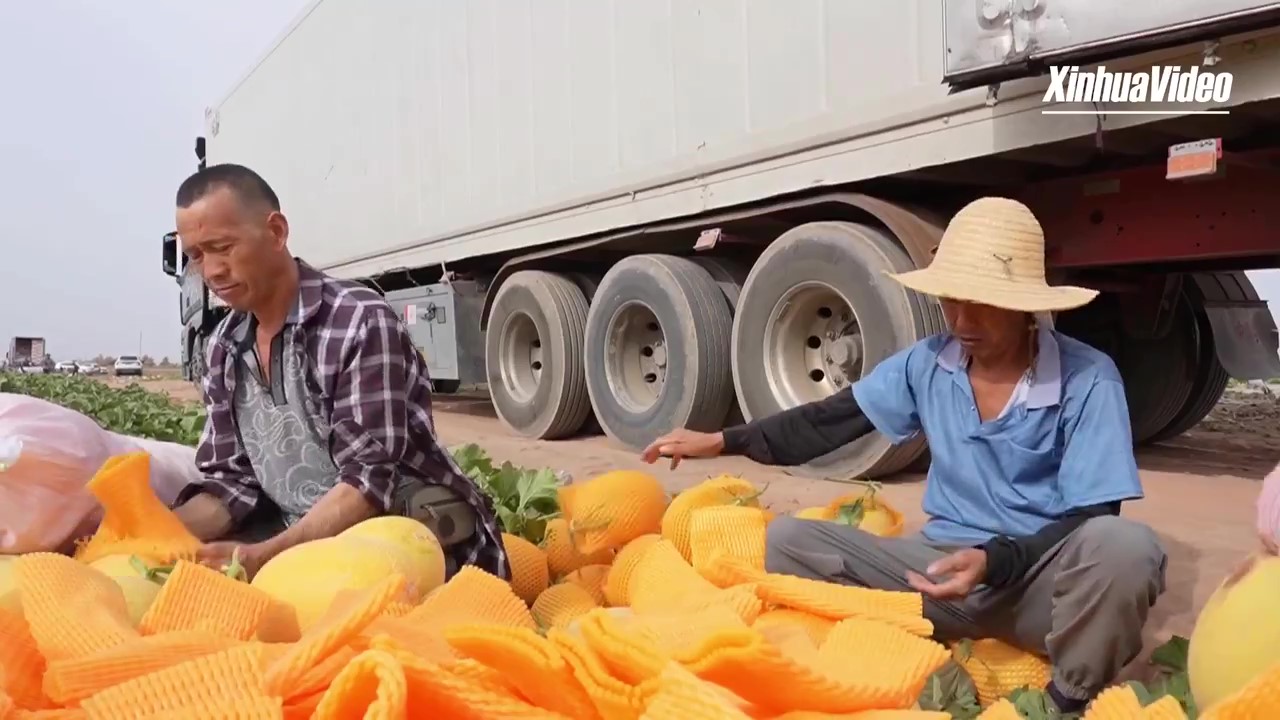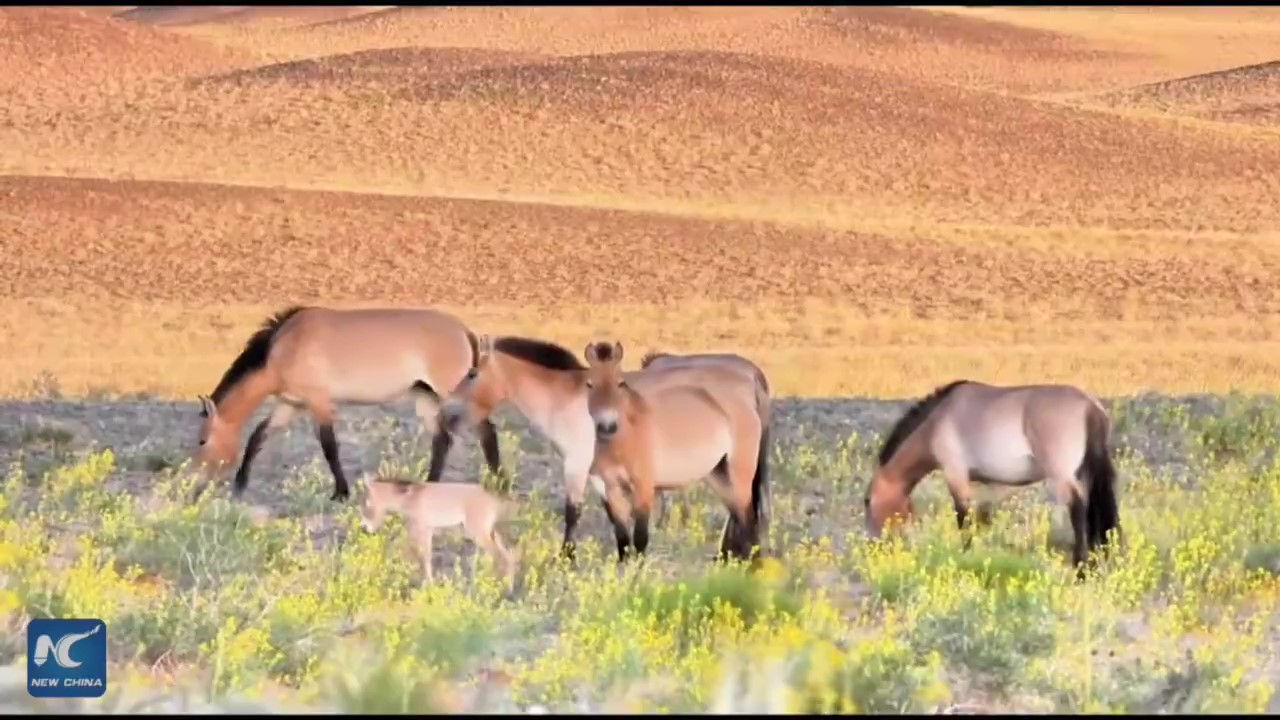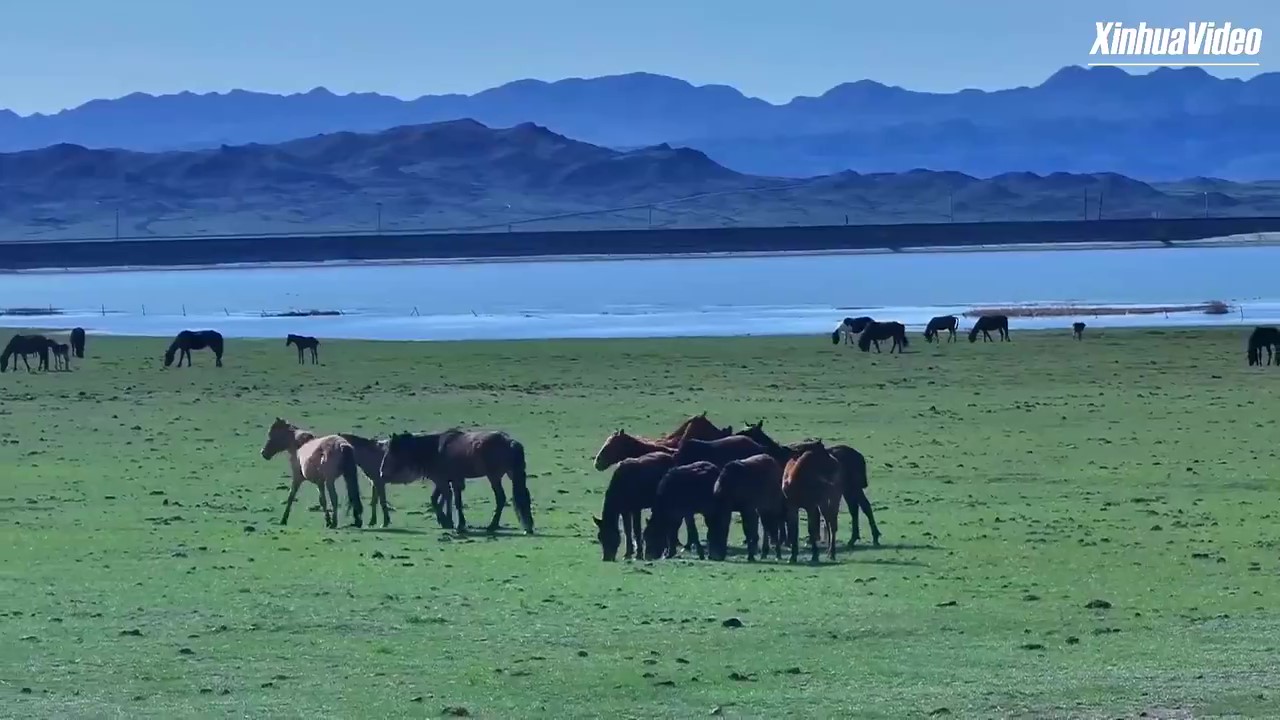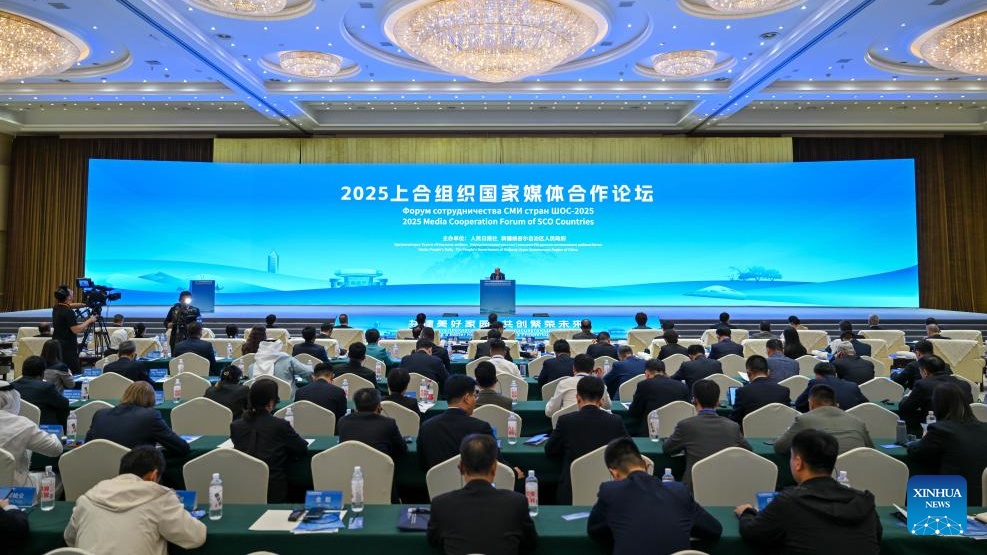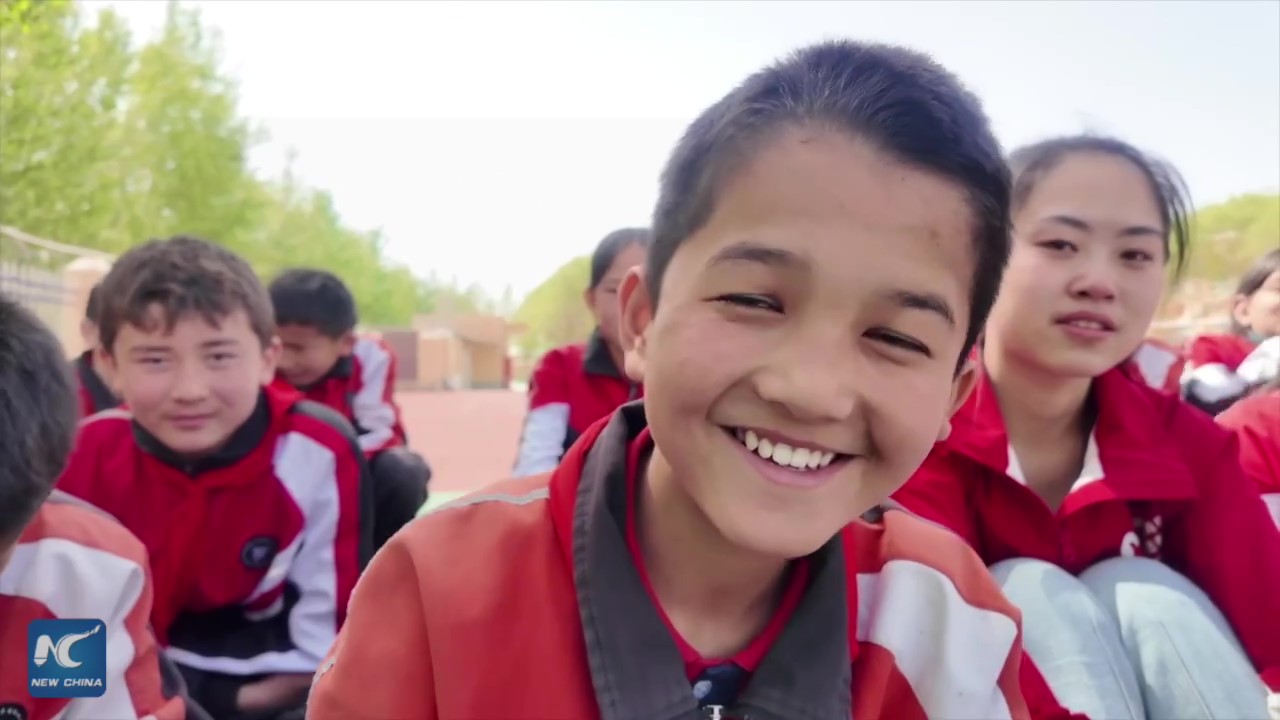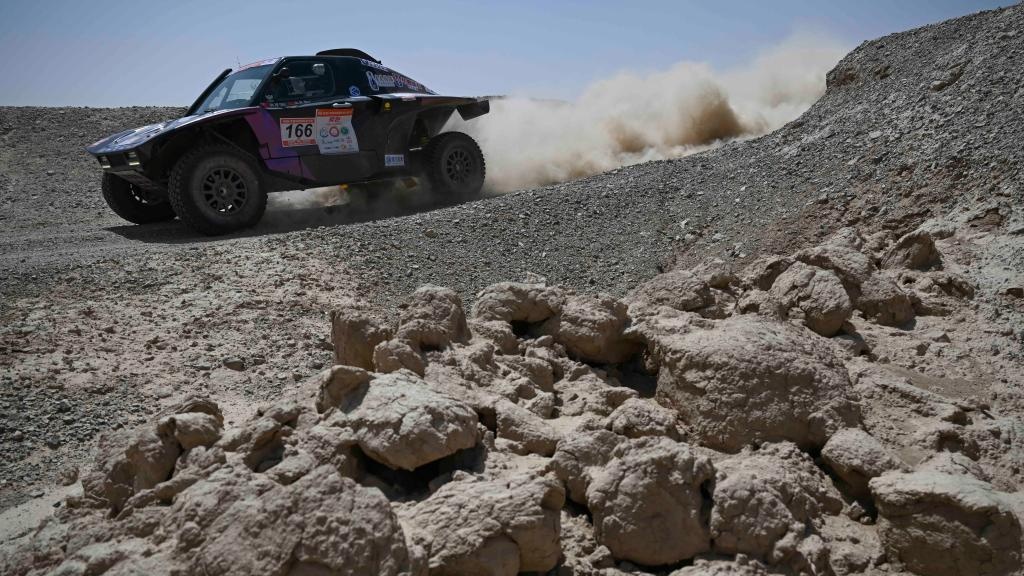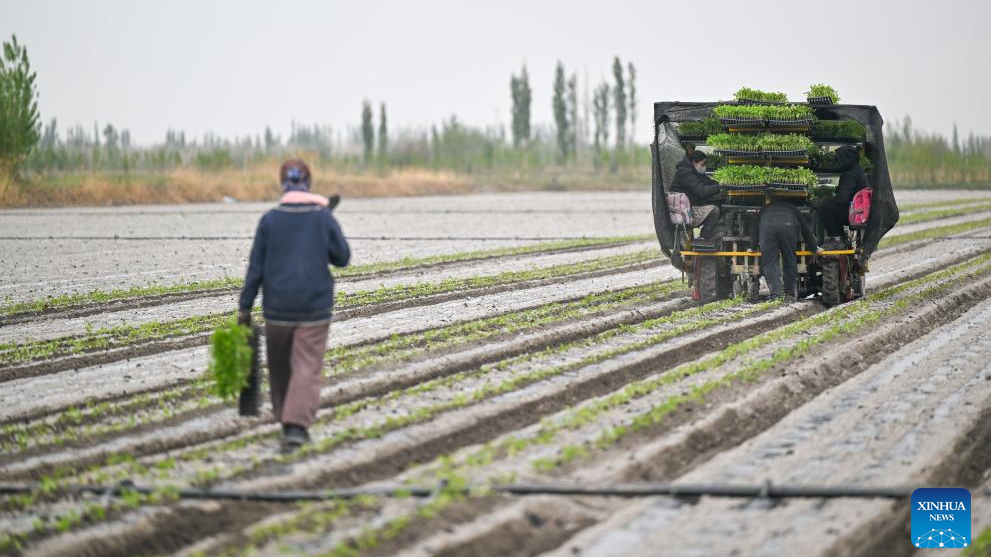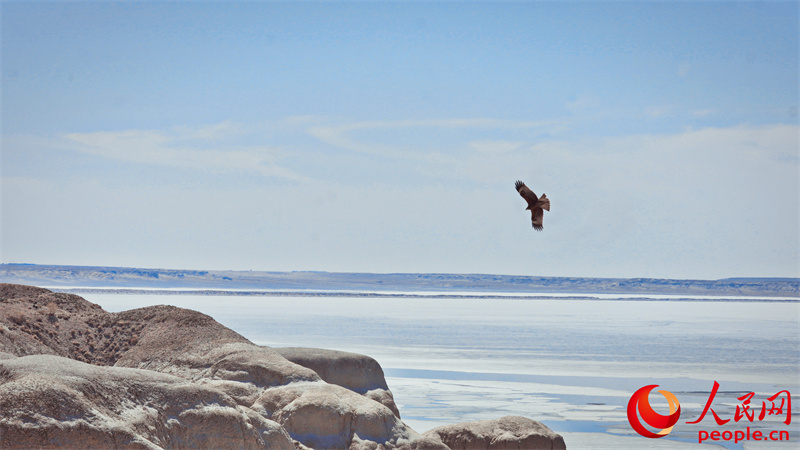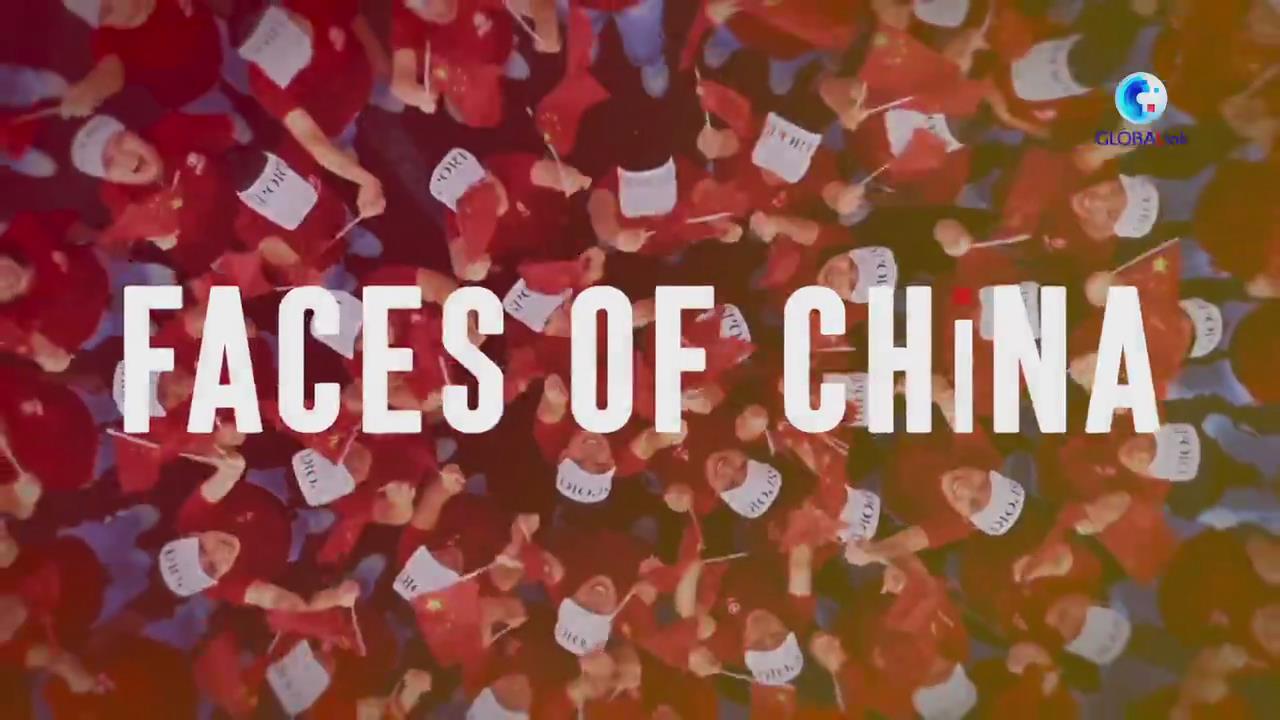The only thing I saw was hard work.
by Hazem Samir
China's Xinjiang Uygur Autonomous Region connects China with Central Asia. Due to its location as China's western gateway for trade with Central Asia and Europe, the government has made great efforts to develop Xinjiang into a hub of the Belt and Road Initiative (BRI).
When I set out for a business trip to Xinjiang earlier this year, I was concerned about some 12 million Uygurs living in this region as I had read some reports on human rights abuses against them. As a journalist seeking facts, I decided to uncover the truth about these controversial reports during my 12-day stay there.
I met people, Muslims and non-Muslims, inquiring into these allegations and how the government treats them. I found no one expressed or showed resentment against the government. Everyone undertakes his duties in peace and harmony. The only thing I saw was hard work.
The government initiated socio-economic plans by implementing mega development projects and retraining unskilled people to meet the labor market's demands and attract investments in the tourism, mining, manufacturing, and agriculture sectors.
As Xinjiang boasts abundant natural resources, particularly oil, natural gas, and coal, the government has invested in developing these resources and turning the region into a key energy supplier.
Meanwhile, the government has also invested heavily in infrastructure in Xinjiang to support its growth and pivotal role in BRI cooperation. This includes building highways, railways, logistics hubs, and energy pipelines that link China to Central Asia and beyond.
Besides, the government has established special economic zones in Xinjiang to attract investment and boost industrial output, such as textiles, chemicals, and machinery, making the region a manufacturing and export base within the BRI framework.
Xinjiang took the lead in China's overall exports to five central Asian countries, namely Kazakhstan, Tajikistan, Kyrgyzstan, Turkmenistan, and Uzbekistan, reaching 246.57 billion yuan (34.25 billion U.S. dollars) in 2023, with a year-on-year growth of 23.2 percent, data from Urumqi Customs showed.
In the first eight months of this year, Xinjiang's trade with countries participating in the BRI rose by 28 percent year on year, accounting for 92.5 percent of the region's total foreign trade value, the customs data showed.
Moreover, as one of the fastest-growing regions in the country, Xinjiang's regional gross domestic product (GDP) in 2023 grew by 6.8 percent year-on-year, higher than the national growth rate of 5.2 percent.
By June 2023, China had signed more than 200 BRI cooperation agreements with more than 150 countries and 30 international organizations across five continents.
Unlike Western economies, China is more than willing to share its extensive experience of economic and technological progress with developing countries to help build a prosperous future for all, and that is what it calls "a shared future for mankind."
Having studied Chinese affairs for years, I am not surprised by the sharp contrast between the false Western portraits of Xinjiang as a place of suppression and the reality that it's a multi-ethnic growth engine for China and countries along the BRI routes.
I came to realize why China is facing a barrage of criticism from Western media relating to Uygurs in Xinjiang and China's relations with developing countries. First, the Western countries are attempting to undermine China's rise as a major country on the world stage. Second, they fear that the BRI will alter the international order controlled by the West into a multipolar system based on fairness and mutual partnership, a great change the initiative can bring about.
Editor's note: Hazem Samir is deputy editing manager of Egypt's Al-Gomhuria Newspaper.
The views expressed in this article are those of the author and do not necessarily reflect the positions of Xinhua News Agency.

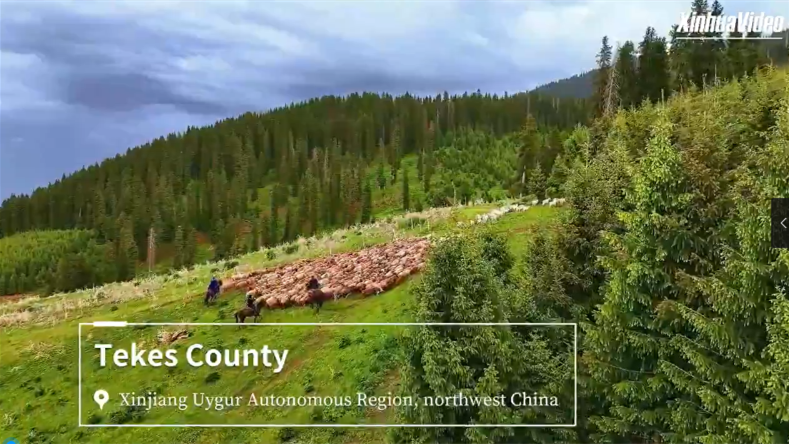
.png)
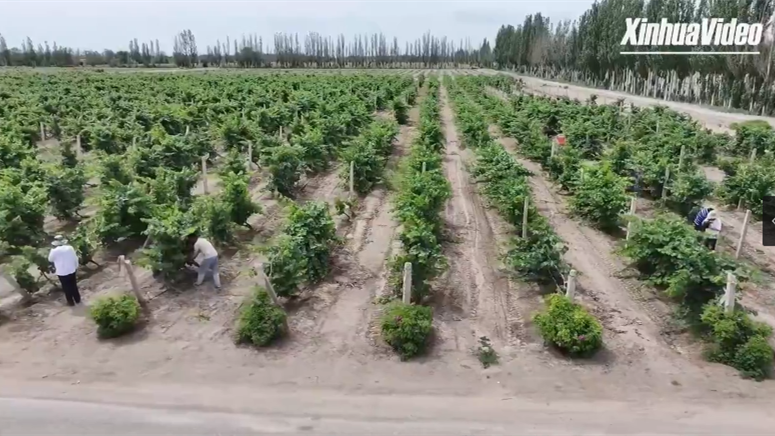
.png)

.png)




